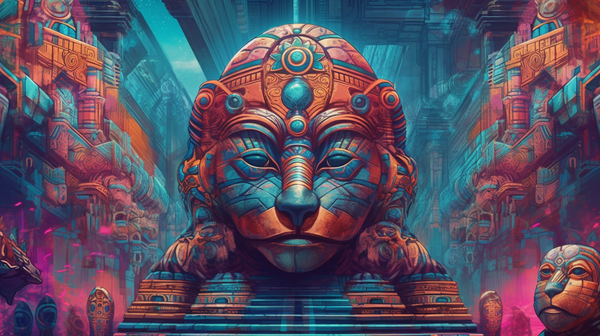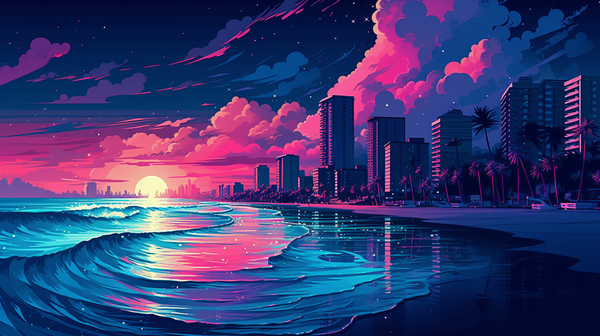The Best Stable Diffusion GPU: Requirements, Benchmarks & Buying Guide
Are you looking for the best GPU for Stable Diffusion? In this article, we provide recommendations for the best options on the market.

Stable Diffusion is a state-of-the-art text-to-image generative model that enables you to create photo-realistic images from text descriptions. To achieve this, you need to employ a powerful graphics processing unit (GPU). In this article, we'll introduce you to the best GPUs on the market for Stable Diffusion.
We will look at GPUs from both AMD and Nvidia, including the Radeon VII and RX 6900 XT, and the GeForce RTX 2060 and RTX 3060. With our help, you can find the perfect GPU for your needs without breaking your budget.
What is Stable Diffusion?
Stable Diffusion is a state-of-the-art artificial intelligence (AI) art generation tool. It uses text-to-image technology to generate detailed images based on textual descriptions. It works by analyzing the input text and creating an image that is visually consistent with the description.
Stable Diffusion has become a popular tool in many areas, ranging from marketing and art to machine learning and computer vision research. It is capable of producing high-quality images quickly and efficiently.
What factors should you consider when choosing a GPU for Stable Diffusion?
To ensure optimal performance, it is important to have a powerful graphics card, such as an Nvidia RTX 4080 or RTX 4090, when running Stable Diffusion.
When choosing a GPU for Stable Diffusion, users should consider factors such as:
- memory capacity
- CUDA and Tensor core count
- compatibility with deep learning frameworks
- price
High-end Nvidia GPUs like the RTX 3090 are some of the most powerful options available, offering up to 24 GB of memory and 10,496 CUDA and Tensor cores. However, these GPUs are also some of the most expensive options on the consumer market.
AMD GPUs such as the Radeon VII and RX 6900 XT are more affordable alternatives, offering 16 GB of HBM2 or GDDR6 memory and 5120 stream processors while still delivering excellent performance in Stable Diffusion benchmarks.
Ultimately, developers should review the specs of the GPUs to ensure they have the tools necessary to train and generate high-quality images with Stable Diffusion.
The best GPUs for Stable Diffusion
Best Balance of Performance & Price: NVIDIA GeForce RTX 3090
The NVIDIA GeForce RTX 3090 is the perfect fit for Stable Diffusion due to its advanced features and powerful performance. It boasts an impressive 24 GB of GDDR6X memory and 10,496 CUDA cores, making it capable of handling the most complex datasets and AI art generation tasks.
Additionally, the inclusion of Tensor cores and hardware support for AI features, along with the Ampere architecture, make this card extremely efficient for AI-related computations. The RTX 3090 also supports DirectX 12 Ultimate and DLSS.
All of these features, combined with its exceptional processing power, make the RTX 3090 the ideal choice for Stable Diffusion AI Generator.

ASUS TUF GeForce RTX 3090 OC
ASUS TUF Gaming NVIDIA GeForce RTX 3090 OC Edition Graphics Card - PCIe 4.0, 24GB GDDR6X, HDMI 2.1, DisplayPort 1.4a, Dual Ball Fan Bearings
The Best Consumer Card for Raw Power: NVIDIA GeForce RTX 4090
The RTX 4090 is perfect for Stable Diffusion usage, offering massive performance and plenty of VRAM. Its Ada Lovelace Streaming Multiprocessors boost performance and power efficience, and the 4th Gen Tensor Cores double its AI performance over previous cards.
Featuring a massive 24GB GDDR6X 384-bit memory interface, the card handles extensive datasets seamlessly. The WINDFORCE cooling system, coupled with a protection metal backplate, ensures optimal thermal management for sustained peak performance.
Customization options like RGB Fusion and Dual BIOS cater to individual preferences, and the anti-sag bracket enhances structural integrity. In summary, the GIGABYTE GeForce RTX 4090 is a powerhouse, excelling in performance, AI capabilities, and durability for Stable Diffusion applications.

GIGABYTE GeForce RTX 4090
GIGABYTE GeForce RTX 4090 Gaming OC 24G Graphics Card, 3X WINDFORCE Fans, 24GB 384-bit GDDR6X, GV-N4090GAMING OC-24GD Video Card
The Best Midrange NVIDIA Card for AI: NVIDIA GeForce RTX 3060
The NVIDIA GeForce RTX 3060 provides ample bandwidth for most Stable Diffusion tasks. With 12 GB of GDDR6 memory, this card can handle large datasets, high-resolution textures, and complex simulations with ease.
The inclusion of Tensor cores and hardware support for AI features, combined with the Ampere architecture, ensures that AI-related workloads are performed efficiently and with maximum performance.
The card's clock speed ranges from 1320 MHz to 1777 MHz, making it a powerful option for running AI models. Its 8 nm process size and 170 W TDP also make it a cost-effective option for users who want to save on energy costs.
Ultimately, the GeForce RTX 3060 offers users a great balance of performance, price, and efficiency for running Stable Diffusion.
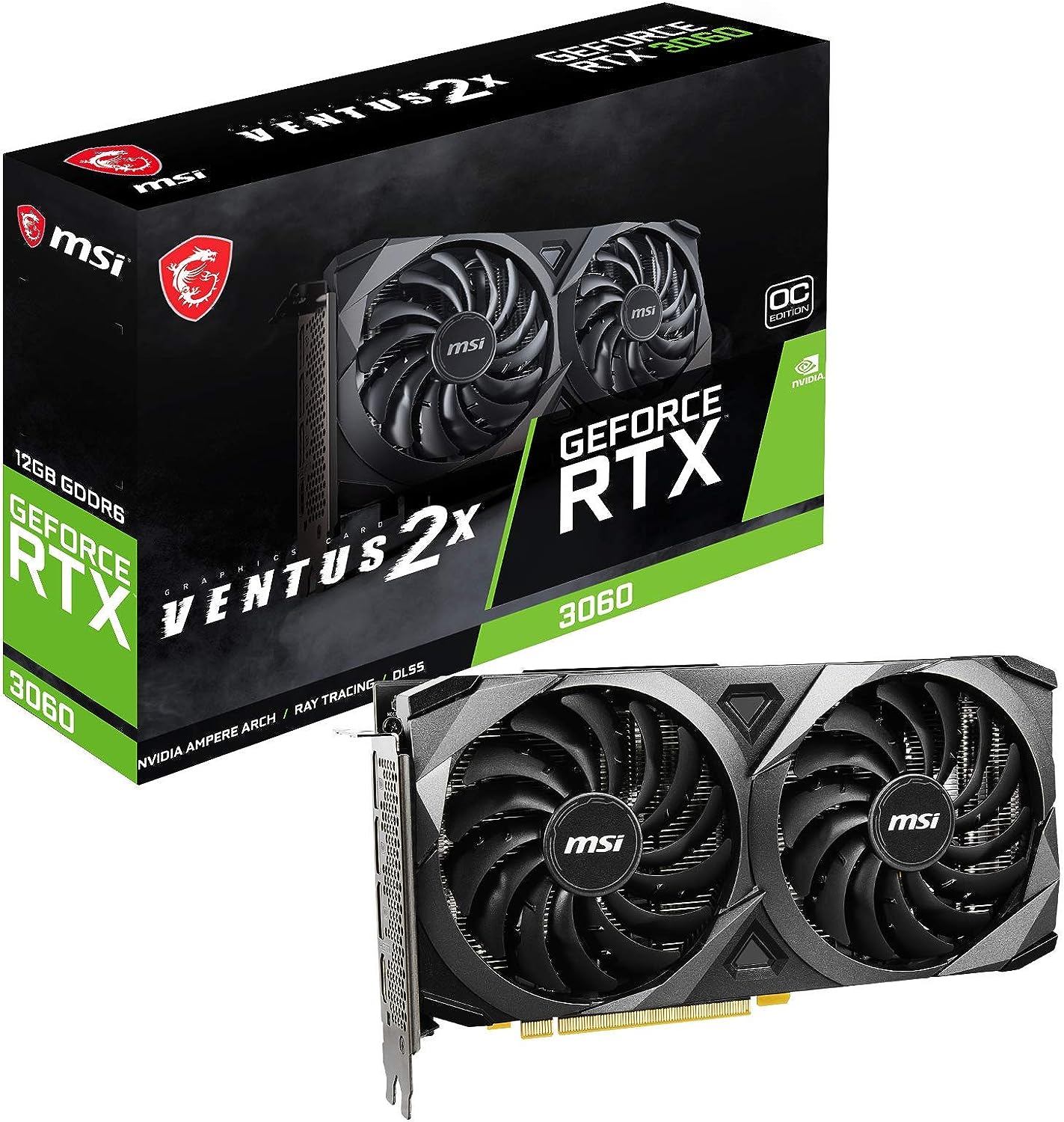
MSI Gaming GeForce RTX 3060
MSI Gaming GeForce RTX 3060 12GB 15 Gbps GDRR6 192-Bit HDMI/DP PCIe 4 Torx Twin Fan Ampere OC Graphics Card
The Best Budget NVIDIA Card for AI: NVIDIA GeForce RTX 2060
The NVIDIA GeForce RTX 2060 is a great GPU for running Stable Diffusion due to its combination of power and affordability.
Its 6GB of VRAM is enough for most tasks, although those working with larger image sizes may want to consider a higher-end GPU. For a little extra, you can pick up a model with 12GB of VRAM.
Additionally, its relatively low power consumption with a TDP of only 160W helps to keep electricity costs low. All in all, the RTX 2060 is an ideal choice for those looking for a good GPU for Stable Diffusion without breaking the bank.
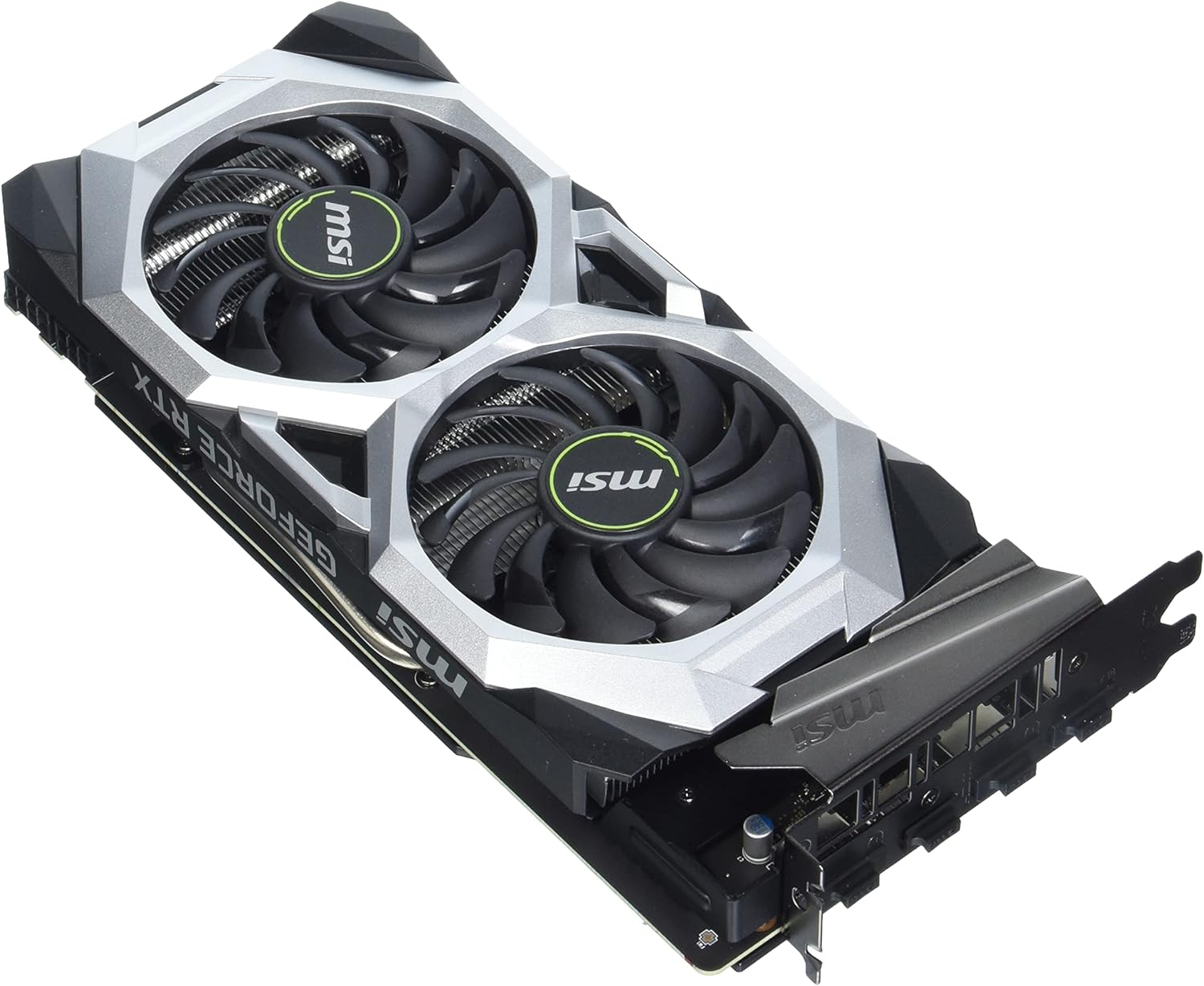
MSI Gaming GeForce RTX 2060
MSI Gaming GeForce RTX 2060 12GB GDRR6 192-bit HDMI/DP 1650 MHz Boost Clock Ray Tracing Turing Architecture VR Ready Graphics Card (RTX 2060 Ventus 6G)
The Best AMD Card for Stable Diffusion: AMD Radeon RX 6800 XT
The AMD Radeon RX 6800 XT is a powerful choice for running Stable Diffusion, providing enough resources to handle demanding AI tasks. The card comes with:
- 16GB of GDDR6 memory
- 4608 stream processors
- Clock speed of up to 2410 MHz
- DirectX 12 Ultimate support
The Radeon RX 6800 XT also features RDNA 2 architecture and Infinity Cache technology, which work together to enable faster data access and improved AI performance.
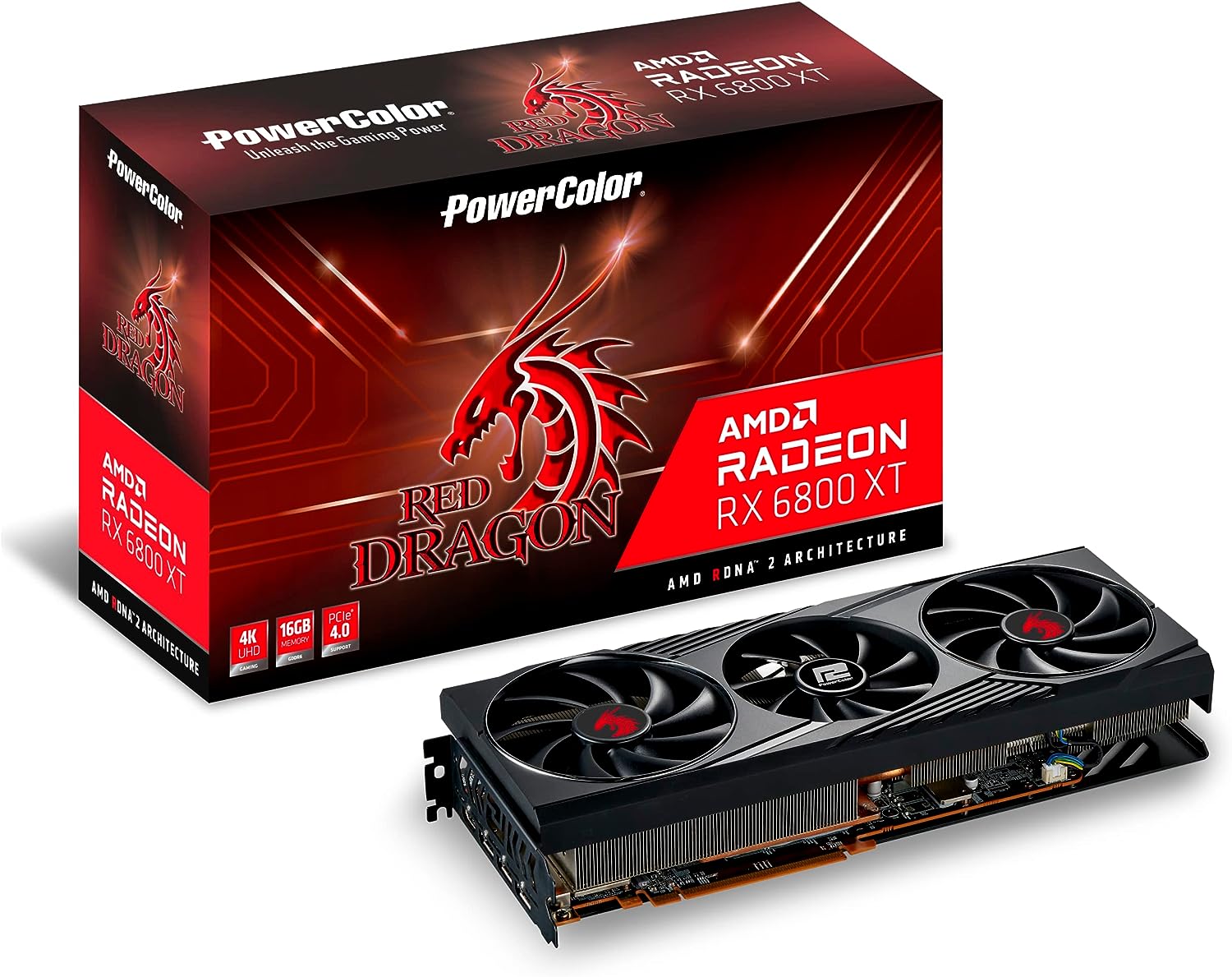
PowerColor Red Dragon AMD Radeon RX 6800 XT
PowerColor Red Dragon AMD Radeon™ RX 6800 XT Gaming Graphics Card with 16GB GDDR6 Memory, Powered by AMD RDNA™ 2, Raytracing, PCI Express 4.0, HDMI 2.1, AMD Infinity Cache
The Best Budget AMD Card for Stable Diffusion: AMD Radeon RX 6700 XT
The AMD Radeon RX 6700 XT is a great choice for Stable Diffusion, featuring:
- 12 GB of GDDR6 memory
- 192-bit memory interface
- 2,560 stream processors
- DirectX 12 Ultimate support
- Infinity Cache technology
The decent amount of video memory and the improved architecture enable the RX 6700 XT to efficiently handle AI workloads. The high-speed Infinity Cache technology ensures fast data access for quick and reliable performance, and the DirectX 12 Ultimate support guarantees compatibility with the latest graphical applications.
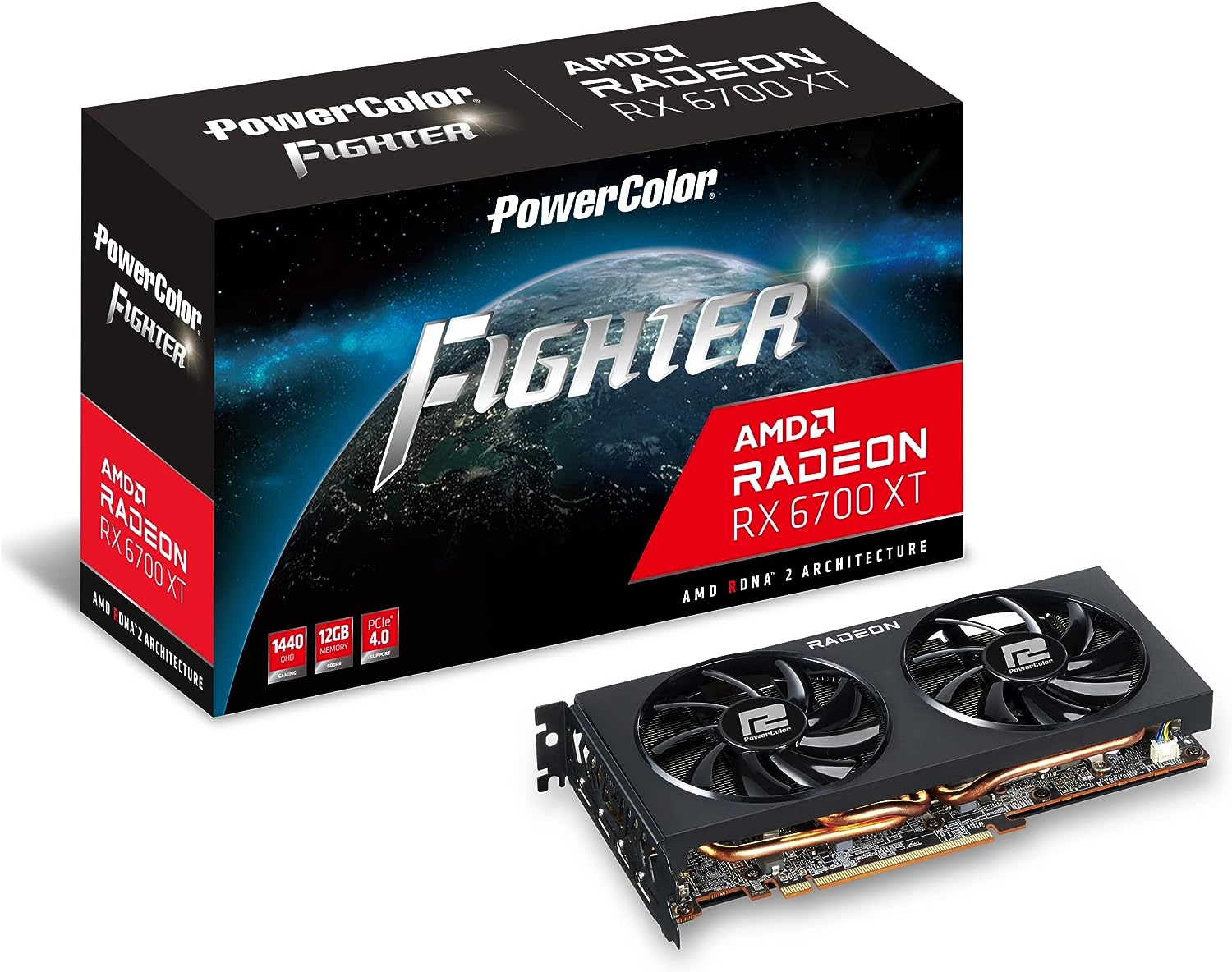
PowerColor Fighter AMD Radeon RX 6700 XT
PowerColor Fighter AMD Radeon RX 6700 XT Gaming Graphics Card with 12GB GDDR6 Memory, Powered by AMD RDNA 2, Raytracing, PCI Express 4.0, HDMI 2.1, AMD Infinity Cache
FAQs
What are the GPU VRAM requirements for Stable Diffusion?
Stable Diffusion requires at least 6GB of VRAM to run smoothly. However, it is recommended to have 8GB of VRAM or more. Additionally, for larger images without modifying settings, 12GB of VRAM or more is recommended.
Which GPU architecture is best for Stable Diffusion?
Choosing the right GPU architecture for Stable Diffusion is essential for achieving the best performance. Nvidia and AMD both have GPUs that can be used for Stable Diffusion, and the choice of architecture depends on several factors. Nvidia GPUs, such as the RTX 3090, are known for their powerful performance and are a popular choice for running Stable Diffusion. AMD GPUs, such as the Radeon VII and RX 6900 XT, have also demonstrated impressive performance, and they tend to be more affordable than their Nvidia counterparts.
For those working on a budget, the Nvidia GeForce RTX 2060, AMD Radeon RX 6600 XT and AMD Radeon RX 6650 XT are all great options that can provide good performance without breaking the bank. Finally, the Nvidia GeForce RTX 3060 and RTX 3060 Ti offer impressive performance, but are on the higher end of the price range.
Overall, it is important to take into account factors such as memory capacity, core count, and compatibility with deep learning frameworks when choosing the best GPU for Stable Diffusion. By considering all of these factors, you can ensure that you are getting the most out of your GPU architecture.
What is the minimum GPU for Stable Diffusion?
The minimum GPU required to run Stable Diffusion is a GeForce RTX GPU with a minimum of 8GB of GDDR6 memory. In addition, the GPU must have many CUDA cores and Tensor Cores, which enable fast and efficient training. Additionally, a compatible deep learning framework, such as TensorFlow or PyTorch, and a powerful CPU to support the GPU’s processing power are also essential.
Conclusion
Budget is the main factor when it comes to GPUs for AI training and inference – models require a lot of computational power and memory and will take all the power you can throw at them. Affordable options work, but waiting 30 to 60 seconds for an image to generate can add friction to the creative process.
Overall, we recommend Nvidia GPUs for Stable Diffusion, given their compatibility and performance with deep learning frameworks. Get the 4090 if you can afford it, or pick up a 3090 and save a few bucks. This should allow you to generate images at a decent clip, taking just a few seconds per image.
At the end of the day, any of the picks above will provide a suitable option for those looking for a powerful and cost-effective way to start making art with Stable Diffusion.



